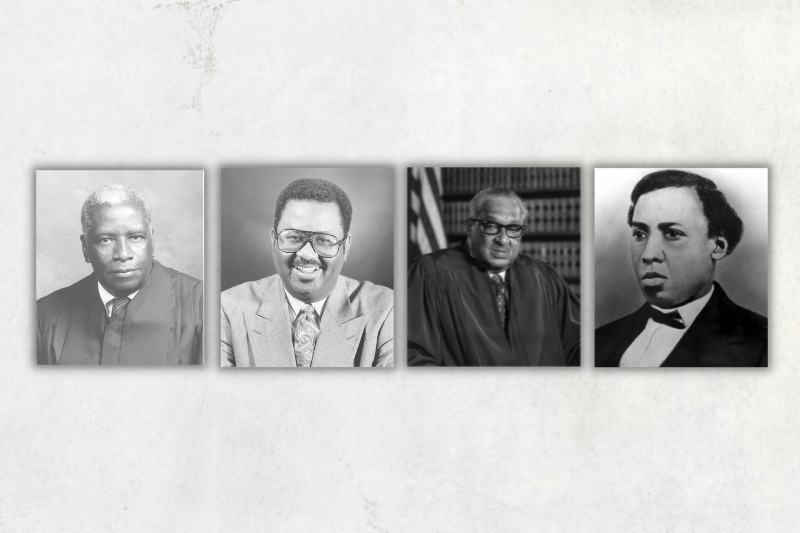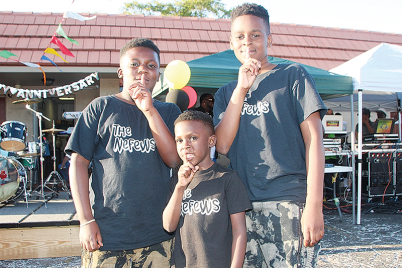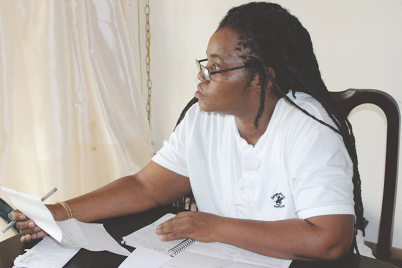James B. Sanderlin, Douglas Jamerson, Thurgood Marshall and Jonathan Clarkson Gibbs
BY JON WILSON, Columnist
Many school names in the community are named after leading African-American historical figures on national, state, and local levels.
Among them are a United States Supreme Court Justice and a high-level state official who held office in the 1860s and 1870s.
Others are named for local leaders and one bears the name of its neighborhood.
Gibbs High School, the city’s sole black institution of higher learning during the segregation era, has the distinction of being the community’s most tradition-rich school and the one named for the public figure with the oldest history.
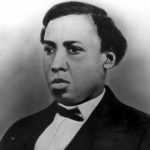
Jonathan Clarkson Gibbs
Jonathan Clarkson Gibbs was Florida’s first African-American Secretary of State and Superintendent of Public Instruction. He served during the Reconstruction period after the Civil War and was considered to be among the South’s most powerful black leaders.
Gibbs was born in Philadelphia in 1828. A Dartmouth College graduate, Gibbs became active in abolitionist activities and with the Underground Railroad that helped escaped slaves. He came to the Carolinas to do missionary work after the war ended but was active in Florida politics within a year or two.
He served as Secretary of State from 1868 until 1872. He was elected a Tallahassee City Council member in 1872 and was appointed Superintendent of Public Instruction in 1873.
Gibbs died of a stroke in 1874. Through the years there have been rumors that he was poisoned by political enemies. Scholar Canter Brown Jr. wrote about Gibbs in his book, “Florida’s Black Public Officials, 1867-1924.”
The other schools with famous names:
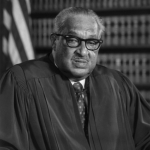
Thurgood Marshall
Thurgood Marshall Fundamental: Thurgood Marshall was the first African-American U.S. Supreme Court justice. He served from 1968 until 1991. Marshall successfully argued in 1954 the famous Brown vs. Board of Education of Topeka case that ended the legal basis for segregation. As a young lawyer, he defended the “Groveland Four,” young African-American men falsely accused of raping a white woman. A must-read is Gilbert King’s Pulitzer Prize-winning book, “Devil in the Grove: Thurgood Marshall, the Groveland Boys, and the Dawn of a New America.”
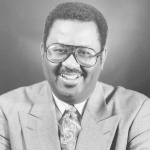
Douglas Jamerson
Douglas L. Jamerson Elementary: St. Petersburg native Douglas Jamerson served in the Florida Legislature from 1982 until 1983, when he was appointed state education commissioner. He later was named state Department of Labor Secretary.
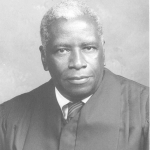
James B. Sanderlin
James B. Sanderlin IB World School: James Sanderlin was a civil rights lawyer who helped end segregation in schools. He was a legal advisor for striking St. Petersburg sanitation workers who in 1968 struck for higher wages and better working conditions. He became Pinellas County’s first black county judge, going on to serve as a circuit judge and court of appeals judge.
John Hopkins Middle: John H. Hopkins spent years in the county school system and was principal at 16th Street Middle School, which preceded the current school. George W. Perkins Elementary: George Wesley Perkins was a Gainesville native who began his teaching career in a one-room schoolhouse in Archer. He came to St. Petersburg in 1925 and was the principal of Jordan Elementary and later, Gibbs.

